“I'm trying to make objects that reconnect us with the ancient world of millennia ago, a remote time in which sacred and profane were not separate concepts, when a house could also be a temple, baking bread could be a ritual,” says Italian designer Marco Bellini. His statement begs introspection on whether the blind race towards the future and the incessant pursuit of novelty have weakened our ties with our history. Does moving forward necessitate abandoning the past? Bellini’s Aokigahara vessels, donning deep crevices and dramatic rust, that were unveiled earlier this year, beg to differ. The structural and surface details, each surprisingly theatrical, narrated months—even years—of the designer’s experimentation and the wood’s dialogue with nature, all the while embodying a traditional spirit. An offshoot of Aokigahara, the Italy-based wood sculptor brings to life Aokigahara Yurei, an ensemble of vessels conceived as offering vases dedicated to people who took their own lives. “Having started as a wood turner, it's natural to me to create bowls and vases, but I always feel the need to give them a meaning; some of my large bowls are intended for divination, others for offering,” says Bellini.
The journey of the Aokigahara series can be traced back to the tales of its namesake forest on the northwestern flank of Mount Fuji, on the island of Honshu in Japan. Listening to music related to the Aokigahara forest, Bellini was overcome by curiosity, leading him to read more about it. Also referred to as the Sea of Trees, the Aokigahara forest has a historical reputation of being home to iyūrei—ghosts of the dead—in Japanese mythology. These lands became infamously associated with suicides post the 1960s, and soon became popularly known as the Suicide Forest—a moniker insinuating its reputation as one of the world's most known suicide locations. The distressing history of the forest profoundly moved Bellini, ironically breathing life into his objects that are dedicated to the people globally, who regardless of reason died of suicide. “These vessels are conceived for us, who survived a loved one now lost. To offer a thought and a small gift to them, without making too much noise about it,” shares Bellini.
The Aokigahara vessels evolved naturally from traditional oak vases. The sculptor started with green oak wood that is hollowed out at the lathe, burning the pieces for a long time to initiate the development of deep cracks in their structures—bold cracks that define each vessel’s personality. Fire, an important participant in Bellini’s work, helps him “partly lose control of the end result,” an act of surrender that he values immensely. Post that, the objects are left exposed to the weather for as long as three months, allowing nature to leave its impressions on the charred oak wood. “I need to apply a natural force and learn to understand its work on my vessel. This is much more intriguing to me, and that's the way I intend to follow,” says Bellini.
The protagonist of the series is the rust that bleeds out of the abyssal fissures on the vessels’ skins. Bellini landed upon this delicate balance after countless trials and errors in experimenting with processes. “I spent a couple of years experimenting, because it is not a commercial paint I use, on the contrary, it is the natural reaction of iron and oxygen on wood,” explains the designer. “I stumbled upon it by chance, and I dedicated myself to understand what was happening and how to fix it to the wood without ruining the results,” he adds.
The rust is a dynamic element that changes its guise as the weather moves across the spectrum of humidity and dryness. Each season has an associated colour, a beautiful consequence of the natural phenomena that inform the surface. This layer of colour—sometimes delicate, sometimes bold—adorns each piece of sculptural art differently, each time striking a dialogue with the black charred wood, equalising it. But this variation in outcomes sits quite right with the series, the unique shape and garb of each vessel reminiscing the uniqueness of each life.
“I like to imagine them at the foot of a large tree, barely visible in the moss and leaves that cover the forest ground. Inside, there is space for gifts, prayers, and thoughts,” says Bellini, who envisions Aokigahara Yurei to be more than urns, as vessels of lost souls. The series of vessels effortlessly carries the heavy weight of a heart-wrenching narrative, simultaneously reiterating how a sincere thought can morph a simple action into a sacred rite. As the dark charred wood and indelible cracks of Aokigahara Yurei mourn a loss, and the red rust scribbles poetry across the surface, what emerges is a contemporary relic—of remembrance for the dead and solace for the living.






 Sign in with email
Sign in with email


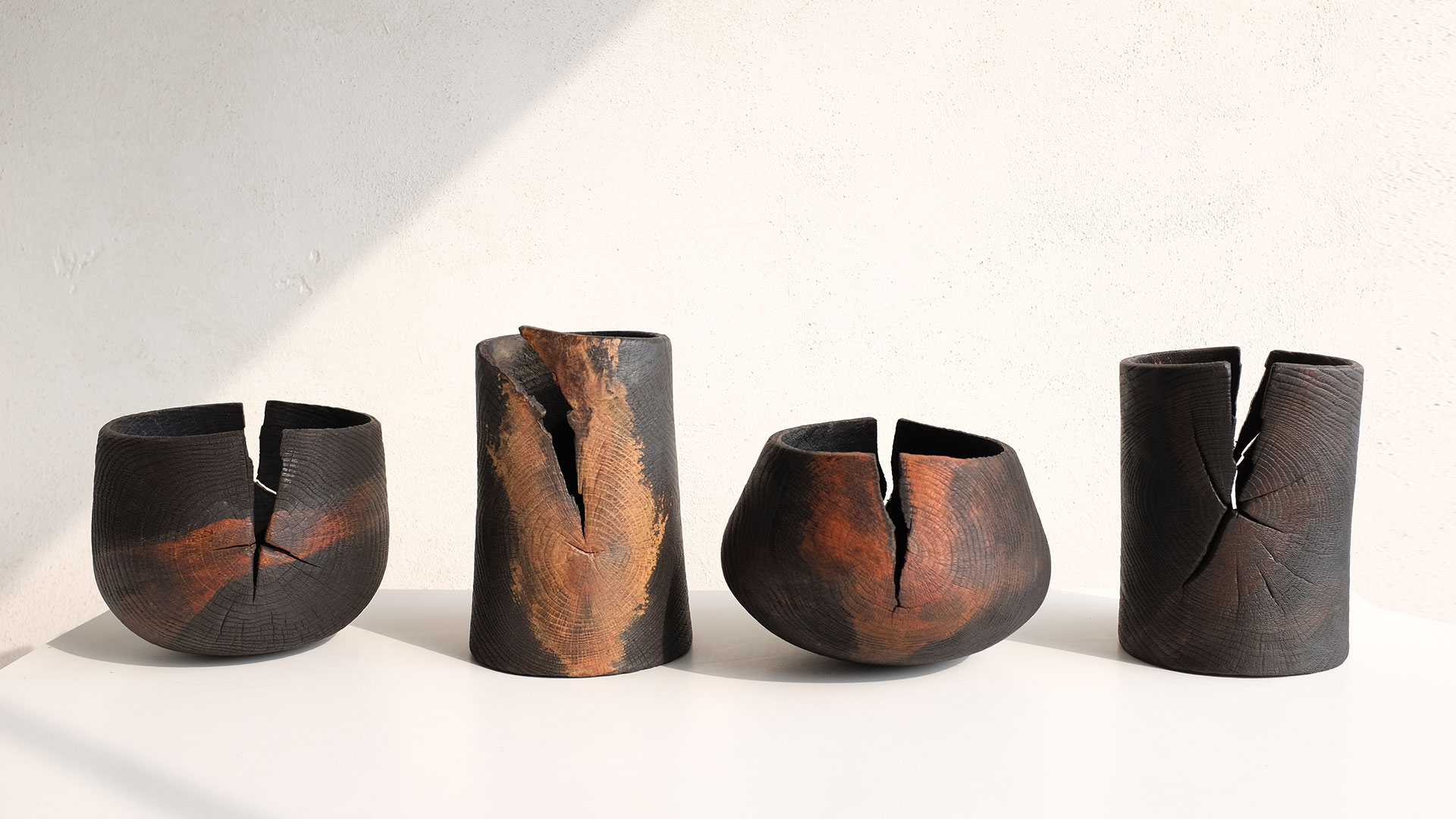
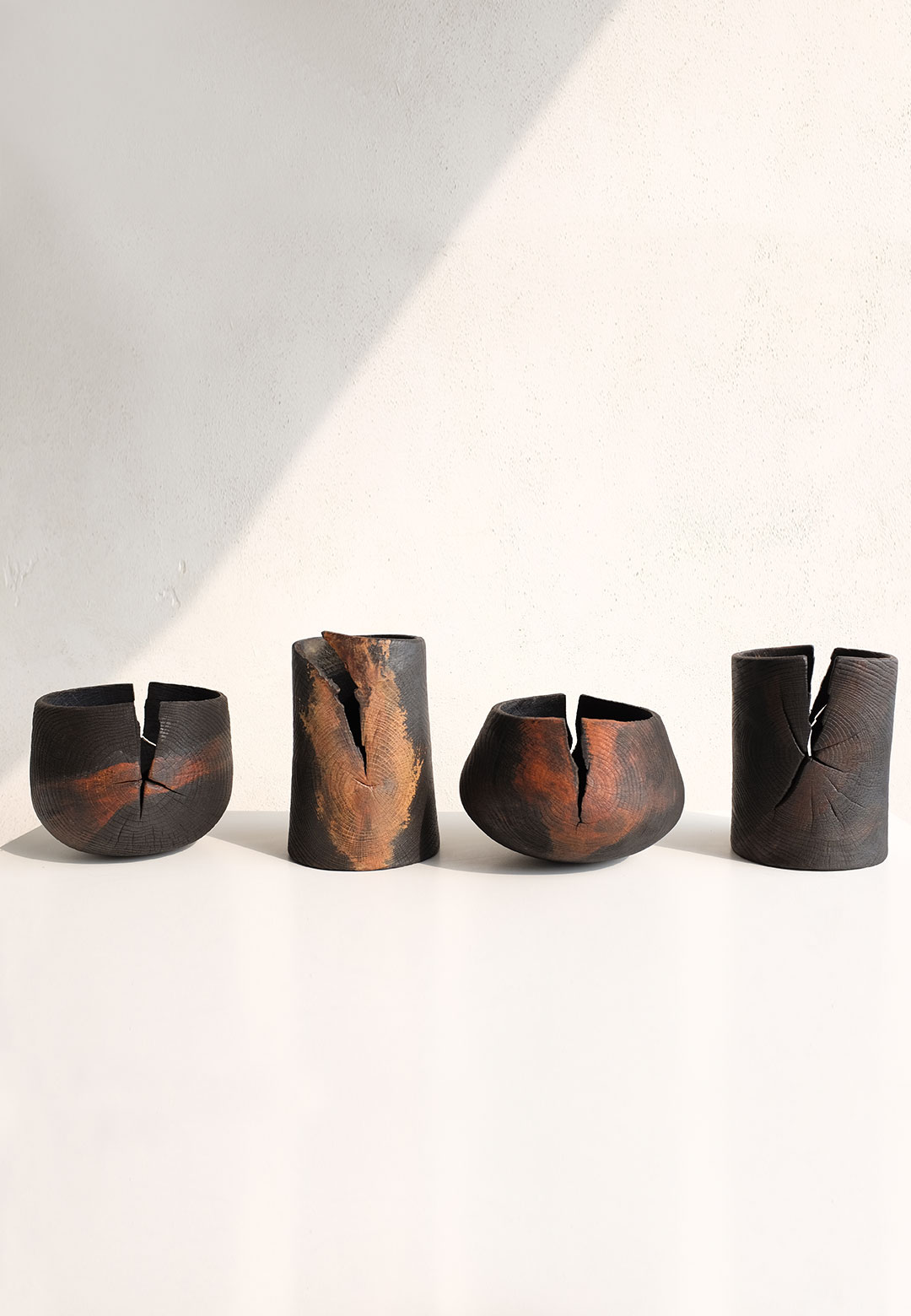
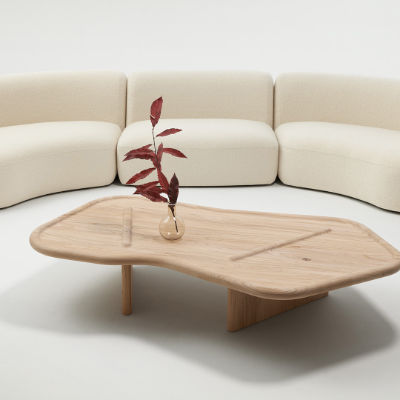
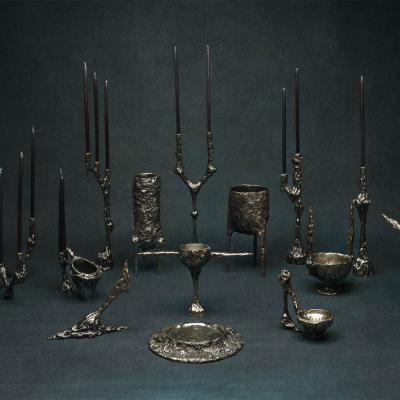
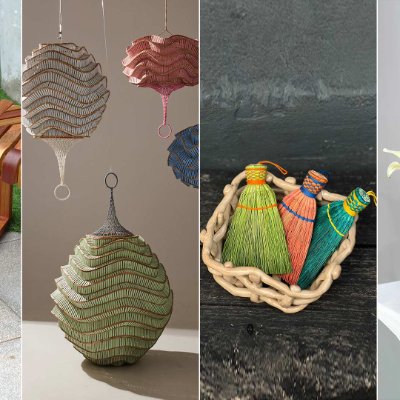
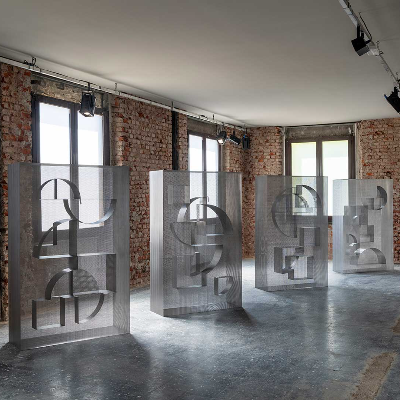
What do you think?